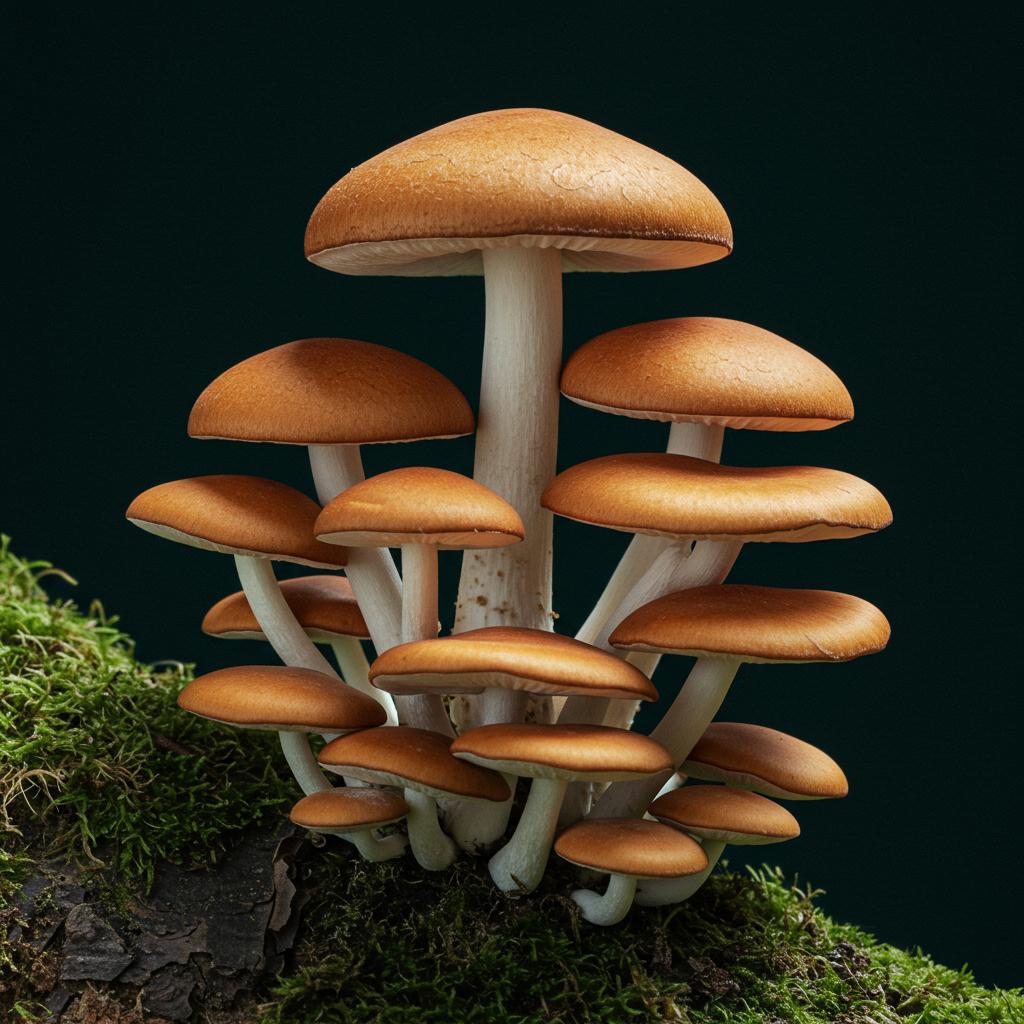
Ever wondered about the fascinating world of psychedelic mushrooms and their potential healing powers? For centuries, humans have tapped into the unique effects of certain plants and fungi, with mushrooms playing a starring role. Think ancient rituals and spiritual ceremonies – these naturally occurring psychedelics have a long and storied history. One particular mushroom extract, psilocybin, has been at the heart of these practices, offering a glimpse into altered states of consciousness.
But psilocybin isn’t just a relic of the past. It’s also showing promise as a potential therapeutic tool for a range of neuropsychiatric conditions. Imagine a future where conditions like depression and anxiety could be treated with the help of these fascinating fungi.
The journey of psilocybin research has been a rollercoaster. While once associated with the counterculture movement of the 60s and 70s, it unfortunately faced a wave of negative stigma. This led to its classification as a Schedule 1 drug in the US, effectively halting scientific exploration for decades. Can you believe that potentially groundbreaking research was put on hold because of societal perceptions?
Thankfully, the story doesn’t end there. A groundbreaking pilot study in 2004, conducted at the University of California, Los Angeles, reignited the spark. This study explored psilocybin’s potential in treating patients with advanced-stage cancer and marked a turning point. Suddenly, the scientific community was buzzing with renewed interest in psilocybin’s therapeutic possibilities.
Here’s a quick rundown of the key takeaways:
- Ancient Roots: Psilocybin mushrooms have been used for thousands of years in religious and spiritual contexts.
- Therapeutic Potential: Psilocybin is being investigated for its potential to treat various neuropsychiatric conditions.
- Stigma and Prohibition: Negative perceptions led to the classification of psilocybin as a Schedule 1 drug, hindering research for years.
- Renewed Interest: A 2004 study sparked a resurgence in psilocybin research, focusing on its therapeutic applications.
- Ongoing Research: Scientists are actively exploring psilocybin’s chemical properties and therapeutic uses.
Since that pivotal study, we’ve seen significant progress. Researchers are delving deep into understanding psilocybin’s chemical makeup and how it interacts with the brain. They’re also conducting clinical trials to explore its effectiveness in treating conditions like depression, anxiety, and PTSD. While there’s still much to learn, the early results are promising, offering a glimmer of hope for those seeking alternative treatment options.
This exploration into the world of psilocybin is just a starting point. It’s not a comprehensive systematic review, but rather a glimpse into the exciting potential of this unique compound. As research continues, we can expect to uncover even more about psilocybin’s power and its role in shaping the future of mental health care.
